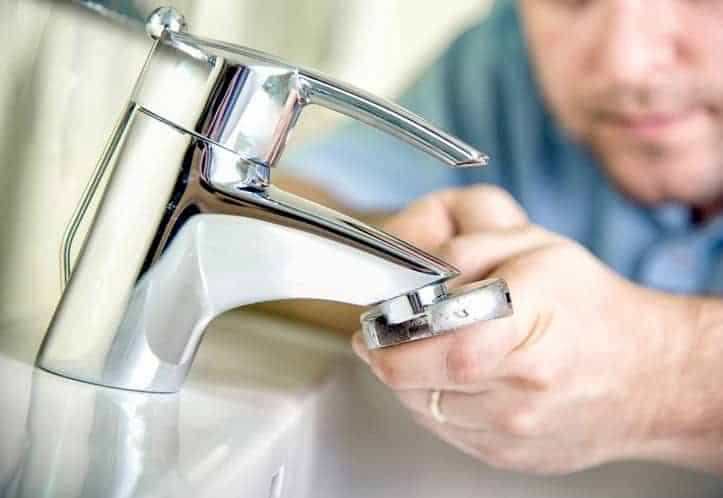Low water pressure in the kitchen is especially annoying because of how often it is used. While both too-high and too-low water pressures are cause for concern, the former is more severe and may necessitate the services of a professional plumber.
To the rescue, restoring enough water pressure is often a do-it-yourself task. If the water pressure from your kitchen faucet is weak, you may probably find the cause by inspecting a few different areas of the sink.
Causes of Weak Water Flow in the Kitchen Sink
Even if your kitchen is the only place in the house with low water pressure, it’s still annoying to have to wait for the faucet to fill up before you can put on some spaghetti. Low water pressure in the kitchen sink is often caused by only a few factors, so that’s good news. Here are some of the reasons why your pull out mixer tap has low water pressure.
Problematic Water Lines
Low water pressure is usually the result of a broken or damaged water pipe. When rust, dirt, or silt clogs up a water line, it can cause the water pressure to fluctuate and ultimately cause the neighboring faucets to stop working.
Congested Air Filter
The aerator, which is a screen that covers the water exit and regulates the flow rate, is often found at the end of the faucet spout. Water is saved because air is mixed with the water flow. Inadequate water pressure is commonly the result of a clogged aerator brought on by minerals or hard water.
A Broken Pipe
Low water pressure may be the result of a leaking water supply line. Low water pressure in the winter might indicate a broken or leaky pipe. The presence of water underneath and around the kitchen sink may be indicative of a pipe leak.
It’s important to look for watermarks around pipes and investigate the regions behind water heaters and faucets in the basement, as leaks aren’t usually obvious. Musty odors, mildew, peeling paint/wallpaper, ceiling stains, and buckling flooring are all signs of a concealed bathroom leak. Get in touch with a plumber in your area if you see any of these warning signals so that they can assess the situation and perhaps remedy the leak.
Due to a Clogged or Damaged Cartridge
For water to flow freely and stop when the tap is turned off, the cartridge must open and close the appropriate valves. It also helps stop leaks and other problems from occurring. Low water pressure can be caused by trash, hard water, silt, and corrosion building up in the cartridge.
The trouble with the Pressure Reducing Valve (PRV)
The PRV regulates the water pressure of the city’s main supply. It is a bell-shaped device commonly installed near the source of the water supply.
How About If It’s Just the Hot Water That’s Under Pressure?
The water heater is probably at fault if the problem is limited to hot water. Make sure the water heater’s drain valve is fully open. See if you can fix the problem by loosening the valve.
In addition, sediment accumulation in the water heater is a possible problem. You may avoid this by flushing or emptying your water heater twice a year, or if you notice a decrease in hot water pressure.
If nothing of these methods works, it’s time to call in a skilled plumber to assess the situation and make the necessary repairs.
Is There Weak Water Pressure Throughout the Home?
If the water pressure in your entire home is low, you should inquire as to whether or not your neighbors are experiencing the same issue. If so, the issue may lie with your municipal water supply. Get in touch with your local water company to report the problem and ask questions.
